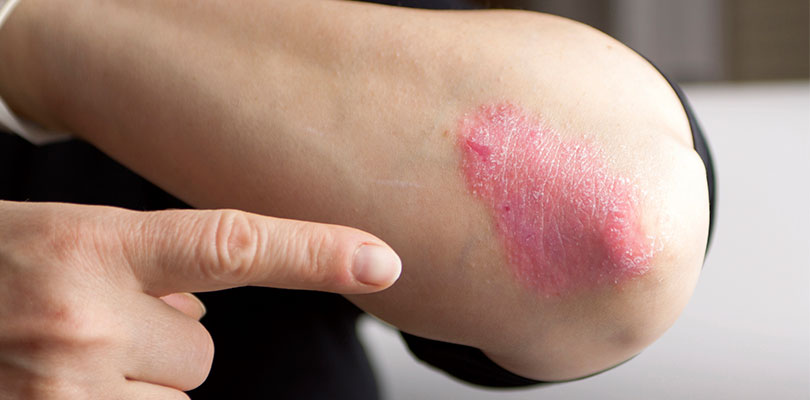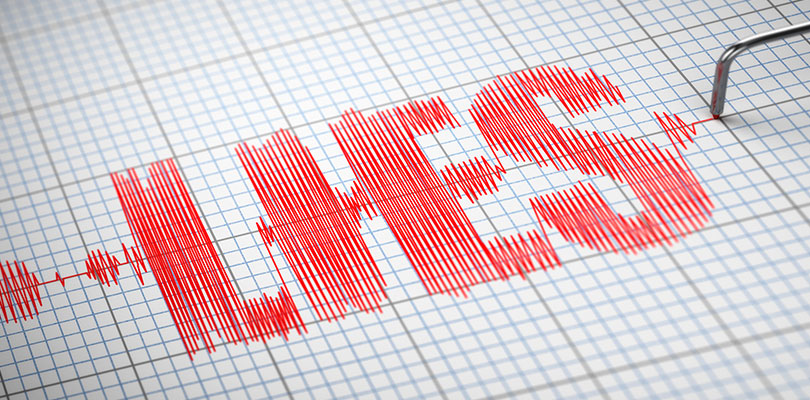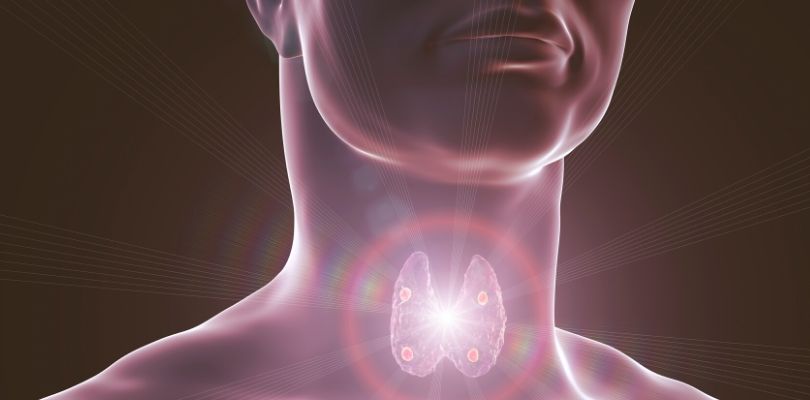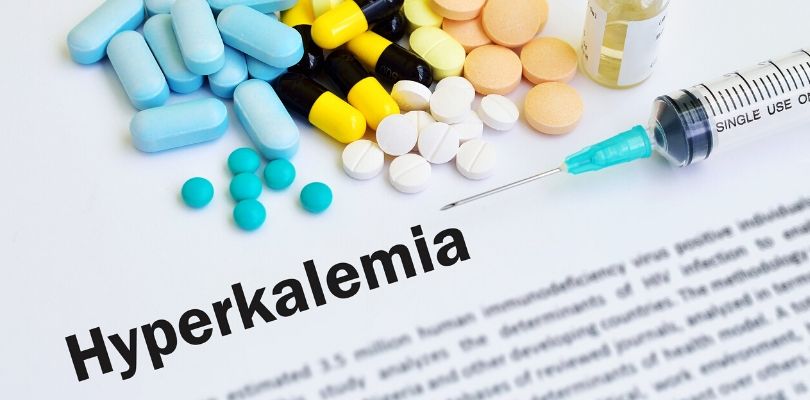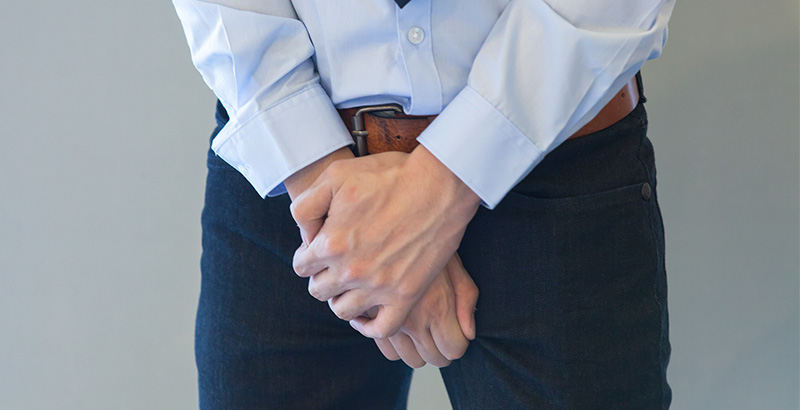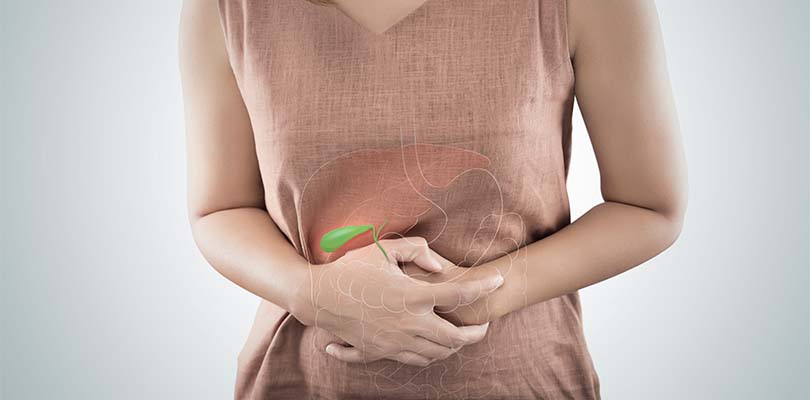Photo Credit: Suze777 / iStockPhoto.com
Understanding the Signs, Symptoms and Nature of Psoriasis
Psoriasis may look like a rash, allergic reaction or wound, but it’s actually something altogether different. It begins far below the skin itself, in your immune system: mixed messages lead your body to attack your healthy cells as if they were dangerous invaders, leaving you with damage and inflammation that brings about the hallmark redness, thickened skin, flakes and terrible itch.
However, psoriasis is anything but a clear and predictable disease. It’s a lifelong condition, but it can come and go, take several forms, and sometimes lead to widespread complications. If you suspect psoriasis, look further into the symptoms, how it’s affecting your body, and what can be done about it.
Types of Psoriasis
People picture red welts and silvery scales when they think of psoriasis, and that’s not incorrect — but it’s also not the whole picture. Psoriasis can come in several different forms, and it doesn’t always show up on the surface of the skin.
Plaque psoriasis: This is the most common type of the condition, where raised red lesions spread over the arms, legs, and torso. The plaques are itchy and sore, and the thickened skin may begin to crack and bleed. They may come and go, or they could stay for years.
Scalp psoriasis: Plaque psoriasis can target the scalp instead of (or as well as) the rest of the body. The typical raised plaques may begin to appear at the base of the skull, but you may notice patches anywhere around your hairline. Constant scratching may lead to hair loss.
Nail psoriasis: When psoriasis attacks the nails, the smooth surface may become pitted, spotted or loose. Psoriatic nails may yellow, and as they thicken the surface can become uneven. As the nail weakens and the skin underneath becomes inflamed, the exposed nailbed can become infected.
Guttate psoriasis: Tiny plaques appear over a wide region of the body, particularly the chest, arms and legs. Though anyone could suffer from this sort of psoriasis, it is much more common in children and young adults than older adults.
Psoriatic arthritis: When psoriasis attacks the joints instead of the skin, you’ll notice swelling, redness, and probably some pain when the joint is pressed. This form of psoriasis is progressive and destructive; the longer is goes untreated, the more permanent damage your joints could suffer and the higher your risk for certain cardiovascular issues. It affects around 30 percent of psoriasis sufferers.
Less common types include inverse psoriasis (much more common in obese people), pustular psoriasis (small, painful pustules that can burst or peel off and scar) and erythrodermic psoriasis (a dangerous condition with host of uncomfortable symptoms like infection, dehydration and hypothermia).
You may experience different forms of psoriasis at different points in your life, but most people suffer from only one form at any given time.
Causes of Psoriasis
The signs of psoriasis may be loud and clear, but the source of condition has been historically difficult to pinpoint. After all, it’s an unpredictable disease that strikes young and old alike, and seems to come and go whenever it pleases. However, with recent advancements in research, experts have tied psoriasis to the combination of two crucial factors: genes and triggers.
Lying is so common that most people expect to be lied to at some point. Worse, they may think it is acceptable to lie to others. But why do people lie?
The Genetic Component
In recent years, scientists have uncovered a selection of genes that may be responsible for the different types of psoriasis. In fact, there are 25 different genetic variants that increase your risk of developing some form of the disease.
While there’s still a lot left to learn about genetic disposition, the good news is that more research and better testing is making huge strides in understanding how and where psoriasis begins. Once the specific genes are uncovered, better preventative measures and more targeted treatment will surely follow.
Common Triggers
Experts estimate that over 10 percent of people carry the genes that can lead to psoriasis, though only about three percent of people actually develop the disease. Those unlucky few will typically notice their first symptoms after exposure to a trigger — an internal or environmental change that can kick-start the problematic gene.
There are quite a few possible triggers, and not everyone will be susceptible to each. However, if you’ve recently had a psoriasis flare, consider whether any of these may have had a part to play:
- Stress: emotional and psychological stress can incite a flare or make your current symptoms worse. In fact, many people report experiencing their first bout of psoriasis at a particularly stressful point in their lives.
- Injury: sometimes a trauma to the skin can cause a psoriasis plaque to form. This effect is called the Keobner phenomenon, and it can follow even a relatively mild injury, like a sunburn or vaccination.
- Medication: certain medications can stress your body and activate your immune response. Lithium, antimalarials, Inderal, and the non-steroidal anti-inflammatory drug Indomethacin are the common culprits, though they don’t adversely affect all patients.
- Infection: a virus will trigger an immune response, and that response may provoke a psoriasis flare. Strep throat is associated with guttate psoriasis in particular. A simple respiratory infection or earache can also lead to a flare-up.
Psoriasis vs. Eczema
It’s not uncommon for skin issues to be misdiagnosed, since some can masquerade as others. The plaques, itching and flaking of psoriasis can be confused for dermatitis (a superficial allergic reaction), or in other cases, eczema. However, there are a few important distinctions to observe:
Severity of Symptoms
Not to make light of the itchy, dry patches of skin eczema brings, but psoriasis is often more prominent, with thickened patches that are very difficult to ignore or cover up.
Where eczema is itchy, psoriasis is deeply irritating; the itch may cause you to eventually break the skin and continue to scratch (sometimes during sleep, when you’re not even aware of it). Raised plaques on the body or scalp may begin to bleed, weep or crust, too.
Sites on the Body
Skin conditions can affect any part of your body, but each one tends to follow a fairly specific pattern. For instance, eczema often pops up in the “crevices” of joints: behind the knees and inside the elbows. It’s also common to see patches on the face, hands and feet.
In contrast, psoriasis tends to appear on the outside of the knees and arms, and on other smooth surfaces (which may or may not be exposed). Psoriasis also affects the scalp and nails, while eczema tends to stick to exposed skin surfaces.
Types of Triggers
Stress and temperature changes can trigger either condition, but superficial irritants (harsh cleansers, perfumed soaps, a chlorinated pool, or an itchy wool sweater) will more often inflame eczema. On the other hand, psoriasis outbreaks come with injury, reactions to medication, illness — stressful events that spark an immune response.
Sometimes a close look isn’t enough for a firm diagnosis. Your doctor may want to run a few tests, like a skin allergy test or biopsy. The more signs and symptoms you can describe to your doctor, along with details of how and when they came about, the more likely you can get the right diagnosis and the right treatment right away.
